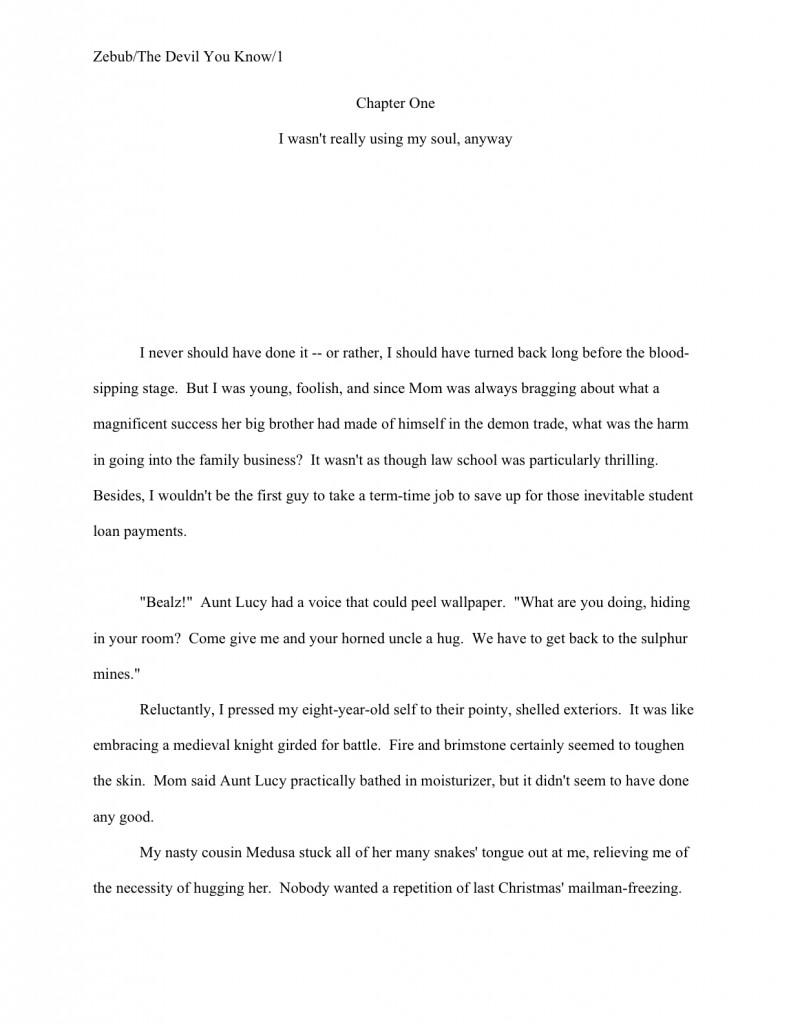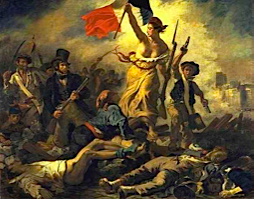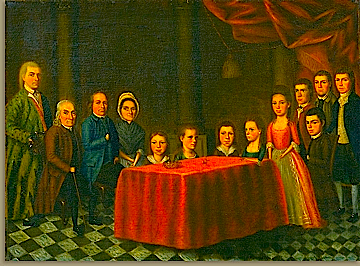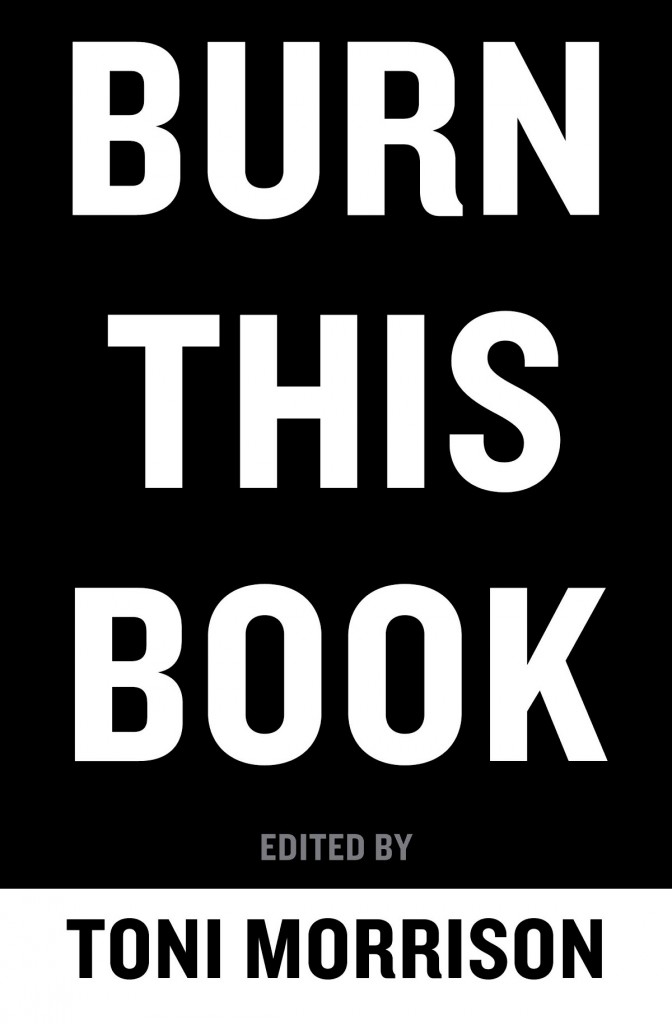
Over the long holiday weekend (originally dedicated, in case those of you reading this from abroad had been wondering, to remembering the fallen on both sides of the Civil War), I introduced you to the Frankenstein manuscript. This alarming entity that is presented as a book written by a single author, but reads as though it had been written by several, so different are the voices, perspectives, and even word choices throughout. To professional readers — e.g., agents, editors, contest judges, and our old pal Millicent, the agency screener — this kind of patched-together manuscript is indicative of a not-yet-fully-developed authorial voice.
And why is that, boys and girls? Chant it with me now: because a fully-developed voice is consistent throughout the entire narrative.
Everyone with me so far? Except, perhaps, those of you who have had your hands in the air since I started this series?
“But Anne,” the patient many protest, and with good reason, “were we or were we not talking as recently as five weeks ago about multiple-perspective novels? I could see how a third-person novel could maintain an even tone and voice while dealing with different perspectives, but stylistically, I kind of like it when the writing is different when different perspectives are being portrayed. Also, wouldn’t it actually be a very bad idea indeed for a multiple first-person novel to have the same voice throughout?”
Excellent points both, multiple perspective-lovers. An argument, and an exceptionally strong one, could be made for structuring a multiple-perspective third-person narrative so the text ran slower when a more dim-witted character dominated, quicker when a more impatient one prevailed, and so on. An even better argument could be made for giving each first-person narrator a distinctively individual voice. Acting upon either argument well would require a lot of writerly pondering and meticulous craft.
Acting on either would also require an even greater editorial attention than to a manuscript with narrated by a single voice throughout, however. Why? Well, if a writer is going to wow readers by switching between compelling multiple voices, he must (a) develop equally compelling multiple voices, so the reader won’t tire of one or another, (b) render those voices different enough that the reader can easily tell the difference between a scene written in one voice and a scene in a second, and (c) make absolutely sure via rigorous re-reading and revision that there’s no blurring of those voices.
In short, every voice in the book would need to be separately consistent.
But craft wasn’t all that concerned you hand-raisers, was it? “That’s right, Anne,” they instantly reply. “I was thinking more of how Millicent would respond to my multiple-perspective novel’s switches in voice — particularly the one between the first scene (pp. 1-3 of my current manuscript) and the second (pp. 4-17). Isn’t she likely to, you know, assume that my book doesn’t have a consistent voice?”
The short answer: yes — if you do not make it clear in the text whose perspective is whose.
The long and infinitely more disturbing answer: unfortunately for those who like to experiment with multiple voices, voice-meandering Frankenstein manuscripts are common enough that tend to become profoundly suspicious of any manuscript that changes style or voice abruptly — at least, if those manuscripts were produced by first-time authors. With the super-quick readings that manuscripts generally receive in the pre-acquisition stage (and always get in the first round of contest judging), the Frankenstein manuscript and the manuscript genuinely setting out to do interesting things with perspective are easily confused.
Before anyone cries out upon the inherent unfairness of this, allow me to do it for you: there are many, many fine examples of good books where authors have adopted a Frankenstein format self-consciously, in order to make a point. It’s especially common in literary fiction.
For instance, if you are even vaguely interested in experiments in narrative voice, you should rush out and read Margaret Atwood’s ALIAS GRACE. In this novel-cum-historical account-cum narrative nonfiction book, Atwood tells the story of a murder, alternating between a tight first-person point of view (POV, for the rest of this post, to spare my back a bit of typing time), straightforward third-person narrative, contemporary poems about the case, letters from the parties involved, newspaper clippings and even direct quotes from the murderess’ confession.
It is an enjoyable read, but for writers, it is also a rich resource on how to mix battling narrative styles and structures well; as one might expect from a stylist as gifted as she, Atwood constructs her patchwork narrative so skillfully that the reader never has to wonder for more than an instant why (or how) the perspective has just changed.
Which is, in case you had been wondering, one of the primary reasons Millicents usually object to narrative shifts: in multiple POV manuscript submissions, it’s not always clear when the perspective switches from one character to another. It’s especially confusing if the different viewpoints — or worse, various narrators in a multiple first-person narrative — are written in too-similar voices.
Is everyone clear on the distinction I’m making here? A Frankenstein manuscript often displays unintentionally displays a multiplicity of voices, tones, vocabulary levels, etc. A well-written multiple POV novel, by contrast, presents each point of view and/or first-person narrative voice as distinctly different, so the reader doesn’t have any trouble following who is in the driver’s seat when, plot-wise.
Or, to put it another way, the Frankenstein manuscript is evidence of a lack of authorial control, consistency, and often, proofreading; a good multiple POV narrative is beautiful evidence of a sure authorial touch, a strong sense of character, and great attention to detail.
That does not, however, mean that the latter would necessarily find favor with Millicent, it is just a hard fact of submission that it’s a whole lot easier for an established author to impress professional readers with a multiple POV novel — or, indeed, any sort of experimental writing — than someone trying to break into the biz. I admire Margaret Atwood tremendously as novelist, poet, and essayist; I have spent years crossing my fingers as she hovered around the short list for the Nobel Prize. However, I suspect that even she would have had terribly difficult time marketing ALIAS GRACE if it were her first novel, at least in the current market, due to its arguably Frankenstein structure.
Ditto for the inimitable Mario Vargas Llosa’s AUNT JULIA AND THE SCRIPTWRITER, one of my favorite novels of all time, and also a must-read for any writer considering playing funny tricks with narrative voice. Vargas Llosa is something of a structural prankster, folding, spindling, and mutilating the ordinary rules of storytelling in order to keep the reader off-balance.
The result, I must admit, might confuse a reader who wasn’t already in love with his writing from other books. One might be tempted, upon encountering the third or fourth startlingly radical shift in tone, vocabulary, and apparently intended audience, to conclude that this is just a Frankenstein manuscript by a writer who couldn’t make up his mind what the book is about.
Personally, I admire Vargas Llosa’s dash; when he was running for president of Peru (yes, really), he published an erotic novel, IN PRAISE OF THE STEPMOTHER, about…well, you can probably guess.
He lost the election, incidentally — and he, too, has been rumored to be on the short list for the Nobel Prize for an awfully long time. But if he were trying to market AUNT JULIA AND THE SCRIPTWRITER right now as a first novel…
You know the tune by now, don’t you?
The rather sticky moral: once you’ve gained international acclaim as a prose stylist, you have a lot more leeway to mess with the conventional rules of writing. So please don’t kid yourself that just because your favorite author got away with an experiment, you can necessarily do so as well.
Heck, Alice Walker made up entirely new punctuation rules for THE COLOR PURPLE, and that won the Pulitzer Prize. And as I mentioned last time, in SEEING, José Saramago treated us to an entire narrative devoid of punctuation that I, for one, consider necessary to clear communication, and he won the Nobel Prize.
But that doesn’t mean you should try either of these things at home. It’s just too likely that Millicent will take one look at your fascinating experiment and exclaim, “Here’s another one who doesn’t know how to use a semicolon!” or “Criminy, what makes this guy think I’m going to read more than two sentences of a book without any periods?”
Sad, but true. In your first book, in the current market, you probably cannot get away with breaking more than one or two of the rules — and even those need to be immistakably marked, so agents, editors, and contest judges know that you broke them for a reason, rather than out of ignorance.
Trust me, no one on the Pulitzer committee seriously believed that Alice Walker did not know how to use a semicolon properly.
“Wait a gosh-darned minute,” I hear some of you exclaiming. “I take some liberties with narrative style, but it becomes pellucidly clear over the course of the book why I’m doing it. By the end, my tactics seem downright clever to the reader — or so my spouse/mother/best friend since the age of 2/beloved cocker spaniel tell me. Do you mean to say that if my narrative strategy is not clear in the first 50 pages, or whatever short excerpt the agent, editor, or contest has asked to see, my innovative experiment in English prose might just get thrown into the reject pile because it will be mistaken for bad writing?”
The short answer is yes. Next question?
Before you fret and fume too much about how the intense pre-screening of the current agency system prevents genuinely bold experiments in writing from reaching the desks of publishers at the major houses, take a moment to consider the Frankenstein manuscript from the point of view of the agent, editor, or judge who finds it on her desk one busy morning.
It’s not a pretty sight, I assure you; stitched-together corpses seldom are.
As a freelance editor, the first thing the sight of a Frankenstein manuscript says to me is that it’s going to be unusually time-consuming to edit — and thus probably quite a bit more expensive, in terms of both money and revision time, for the writer. At minimum, I’m going to need to sit down with the writer, have a major discussion about what she wants the book be, and help guide the work toward more internal stylistic consistency. Basically, the process will entail identifying and compiling a list of all of the battling styles, making the author come up with a justification for using each, and having the justifications duke it out until one (or, rarely, two) is declared the winner by the author.
It takes time, and it’s generally worth the effort. But had I mentioned that freelance editors are generally paid by the hour?
When a screener at an agency or an editor at a publishing house receives a Frankenstein manuscript, however — and yes, some manuscripts are so internally scattered that the problem becomes apparent in just the first chapter or first 50 pages — she is unlikely to have the time to figure out which voice and/or style is going to end up dominating the book. Even if Millicent absolutely loves one of the styles or voices, her hectic schedule does not allow time for equivocation.
She must that she select one of two options, and quickly: either she commits her boss agent (or, in the editor’s case, himself) to nursing the author through precisely the kind of boxing match I described above, or s/he can simply reject the work and move on to the next submission, in the hope of finding a writer whose book will not need as much tender loving care.
With literally hundreds of new submissions coming in each week, which option do you think Millicent will select more often?
When a contest judge receives a Frankenstein manuscript, the choice is even quicker and more draconian. Mehitabel the judge knows that there’s no question of being able to work with the author to smooth out the presentation; in the vast majority of literary contests, the judge won’t even know who the author is.
Plop! There it goes, into the no-prize-this-year file. Better luck — and first readers — next year.
The moral, I devoutly hope, is obvious: if you are attempting to play with unconventional notions of structure or style, make sure that it is magnificently clear in the manuscript exactly what you are doing. Don’t leave it to the reader to guess what you’re up to, because, as I’ve shown above, professional readers just don’t have the time to figure it out.
How might one pull this off, you ask? Consider making your deviations from standard structure and narrative rules bold, rather than slipping them in here and there — and, at the submission stage, at least toy with devoting the entirety of the first chapter to a single voice. Experimenting with several styles within a short number of pages is decidedly risky — and perversely, the less daringly experimental you are, the riskier it is, because tentative attempts look to professional eyes like unfinished work.
Or, as critics of modern art used to like to snipe early and often: what’s the difference between a canvas painted by a 5-year-old and a canvas by a serious artist in the style of a 5-year-old? Intention, my dears, and craft.
To borrow E.F. Benson’s wonderful example, let’s say you were planning to paint a picture of a house down the street. The house has a crooked chimney. The novice painter would paint it exactly as is, unskillfully, and viewers of the finished painting would wonder forever after if the chimney had really looked like that, or if the novice just couldn’t paint straight lines. An intermediate painter would paint the chimney as straight, to rule out that conclusion.
But an expert painter would add 10 degrees to the angle of the chimney, so there would be no doubt in the observer’s mind that he had painted it that way intentionally.
The more deliciously complex and groundbreaking your chosen style is, the more clearly you should announce it. Unless, of course, you want to wait until you’re on the short list for the Nobel Prize before you start getting wacky.
I haven’t dissuaded many of you intrepid literary experimenters from trying, though, have I? “But I don’t want to exaggerate my stylistic choices,” some of you argue, and who could blame you? “I’m a big fan of subtlety, as it happens. So how can I revise my work in order to avoid running afoul of Millicent?
Well, your first step should be to steel yourself for a certain amount of rejection. When the pieced-together nature of a book is intentional, and its similarity to the standard Frankenstein tome will render it very, very easy for agents and editors to dismiss. If you are given to experimenting with multiple points of view, for instance, or changes in voice, or structural alterations in mid-story, you need to be very, very aware that professional readers may well be mistaking your conscious choices for symptoms of Frankenstein array of incompletely-realized narrative ideas.
Many years ago, I met Stan, a promising writer, at a writers’ conference. Stan described his novel impeccably: a coming-of-age story about a boy so engrossed in the messages of the TV shows and movies he saw in the late 1950s that he incorporated these styles into how he viewed his life. The result, Stan told me, was intended to be a picaresque account growing up from the kid’s perspective, real-life stories told as cowboys and Indians, spy thriller, spaceman adventure, etc.
Well, to be frank, I wasn’t all that enthused by his description; it didn’t seem like a particularly fresh book concept. But being well aware that I am not the best audience for works about prepubescent boys, I gave him a patient hearing. (Why am I not ideally suited for such stories, you ask? As someone who spent her formative years sitting through sensitive European films where an earthy older woman’s charms gently coax some suspiciously attractive and precocious young boy toward manhood, I become leery every time a young protagonist goes anywhere within five miles of the town bad girl, his best friend’s older sister’s window, or anybody’s mother but his own. But that’s just a fluke of my upbringing.
From a marketing perspective, I think that at this point in literary history, such stories are a hard sell to experienced readers, unless they are AWFULLY well told. There are countless films about 8-to-12 year-old boys learning important life lessons the hard way; if the age is so darned important, why aren’t there as many films from the perspectives of girls in that age group? (An important exception to this: Kasi Lemmons’ excellent film EVE’S BAYOU tells such a story from a young girl’s perspective amazingly well.) I think that if you choose to tackle such a well-documented age group in a work intended for adult readers — particularly if you want to stick to the well-worn ground of white, middle- or upper-middle class boys in suburbia or in small towns with swimming holes — you really have to come up with something startling to rise above the sheer volume of competition.)
So as I say, I was leery, but we exchanged manuscripts, despite my trepidations. And lo and behold, long before 50 pages had past, his intrepid wee protagonist had grabbed his fishing pole and skipped his way toward the edge of town, where the local voodoo priestess/cajoler of young boys into manhood lived.
Imagine my surprise.
Yet the fact that I’d seen the plot, conservatively speaking, 2700 times before was not what put me off the book. No, the problem was the fact that each stylistic switch came as a complete and utter surprise — even to yours truly, who knew the premise of the book going in. Each episode was indeed presented in the style of some well-worn visual media style. Quite well, as a matter of fact.
However, since the writing style changed radically every ten pages or so, pretty much any reader was guaranteed to fall into one she disliked occasionally. And since there was no overarching framework to make this junior Walter Mitty’s account of himself hang together, it read like a collection of short stories, unrelated articles of clothing hanging side-by-side on a clothesline, rather than as a cohesive book.
It read, in short, like a Frankenstein manuscript.
Because I liked Stan and thought he was a pretty good writer on the sentence level, I wanted to help him out, so I worked up nerve to make a bold suggestion. “What if you set up very plainly in the first chapter that your protagonist sees life through a directorial lens?” (Sort of like Fellini’s 8 1/2, I added to myself, as a cinematic footnote from my childhood.) “That way, the reader would be in on the conceit right from the beginning, and could enjoy each switch as play, rather than leaving the reader to guess after the style has changed 6 or 7 times that you have a larger purpose here.”
To put it mildly, Stan did not cotton to this advice; it sounded, he said, just like the feedback he had gotten from the agents and editors at the conference, or indeed, every agent he had queried. (Again, imagine my surprise.) Obviously, he said huffily, we all just didn’t like the fact that he was experimenting with narrative structure, doing something new and exciting and fresh.
We were, in his considered opinion, sticks in the proverbial mud.
Well, we may have been, but we also evidently all knew a Frankenstein manuscript when we saw one, for the exceedingly simple reason that any professional reader sees so very, very many in any given year. So from that perspective, Stan’s trouble was not that he was trying to do something original; it was that his manuscript had an extremely common consistency problem.
Yet Stan was absolutely convinced that what was being critiqued was his artistic vision, rather than his presentation of it, so while he was perpetually revising to sharpen the differences between the segments, he never seemed to get around to sitting down with the entire manuscript to see if his critics might have had a point about the overall manuscript. Predictably, he continued to have trouble placing his book, because, to professional eyes, such a manuscript means only one thing: the investment of a tremendous amount of editorial time and energy to make the work publishable.
My friend with ambitions to rewrite HUCK FINN had constructed his creature self-consciously, but far more often, writers are not even aware that the style shifts are visible. Particularly in first novels, as I mentioned last time, the stylistic changes are often the inevitable result of the writer’s craft having improved over the years spent writing the book, or simple inexperience in carrying a late-added theme all the way through a story.
In the most extreme cases, the shifts are so pronounced that the Frankenstein book can actually read as a sort of unintentional anthology. I’m not talking about multiple-perspective pieces — although if I have not yet sufficiently hammered into your brainpan that it is very easy for a book relying upon several storytelling voices to end up as a Frankenstein work, without a cohesive narrative thread tying it all together, I can only advise scrolling back up to the beginning of this post and re-reading it from the beginning.
No, in a good multiple-perspective novel, each voice and/or POV is sharp, distinct, differentiated to the extent that a reader familiar with each could open the book at any page and know within a paragraph who is speaking. Our old pal, THE POISONWOOD BIBLE, for instance, juggles multiple perspectives and voices beautifully, so that although the reader is treated to the overarching story in bits and pieces, the whole blends into seemingly organic coherence.
In a Frankenstein manuscript, no such organic coherence exists, even if the overall plot makes linear sense. The reader is jerked from writing style to writing style, as if the same story were being told on all available networks, but an indecisive child held the remote control, so the style of telling leaps from soap opera to broad comedy to PBS documentary.
It’s tiring to read, and often, hard to follow — and almost invariably conducive to the reader’s getting pulled out of the story from time to time. It also says pretty clearly to anyone who reads manuscripts for a living that the author has not yet performed a thorough, beginning-to-end edit on the book. And this is a serious problem for the editor, as it is her job to strengthen the dominant style and muffle the rest, so the whole can stand as a unified piece of prose.
It is also a serious problem for the author, since it’s difficult to sell a piece that meanders stylistically. Just ask Stan.
Next time, I shall talk about practical measures to keep your manuscript from falling accidentally into the Frankenstein realm, but before I sign off for the day, I should mention one more confluence of writing events that may result in a Frankenstein manuscript: when the writer doesn’t realize until several revisions in how she wants the book’s voice to sound.
Stop laughing. This happens to talented new writers all the time.
A few years back, an editing client of mine called me in the dead of night (a practice I discourage, as a rule) burbling with excitement because she had just made a major breakthrough with her book. This surprised me a little, I must admit: she had, to put it mildly, not been particularly receptive to feedback; I have it on good authority that she once took a match to a marked-up page of text, just so she would not have to look at my suggestions about comma use again.
One day, after months upon months and chapters upon chapters of experimenting with different styles — writing which she had never before perceived to be experimentation, but finished draft — she suddenly stumbled upon precisely the tone and perspective that worked for the book, an engaging voice she could maintain consistently throughout the entire story. As happens sometimes, what had been a mess of words just suddenly congealed into something sharp and analytical and true.
It was beautiful. So beautiful, she was overjoyed to report, she was quite confident that I would have nothing whatsoever to write in the margins this time around.
She was wrong about that, of course; when one does not listen to one’s editor about proper comma usage, one attracts marginalia.
Which just goes to show you that even a beautifully-written manuscript can usually stand at least a bit more improvement — a fact that tends to fill first-draft enthusiasts with dismay. “But it’s done!” they cry, whipping out their cigarette lighters to singe feedback off the edges of their pages. “I’m the author — I get to be the one who decides when it’s finished!”
That’s not true, actually, at least if one wants to get a manuscript published. As far as folks in the industry are concerned, a manuscript is never finished until it is printed and sitting on a shelf at Barnes & Noble — and for nonfiction, sometimes not even then. As a direct result, writers under contract are frequently expected to revise their books long after the point that they consider the darned things complete. It’s not even uncommon for them to have to make requested revisions that they firmly believe will harm the book.
So put those lighters away, first-drafters: to the pros, unwillingness to revise is simply a mark of inexperience. And rightly so, because — who knows? — that next revision may abruptly reveal a book far more beautiful than you ever dreamed.
Hold that positive thought until next time, please, when I shall be delving back into practicalities. Keep up the good work!

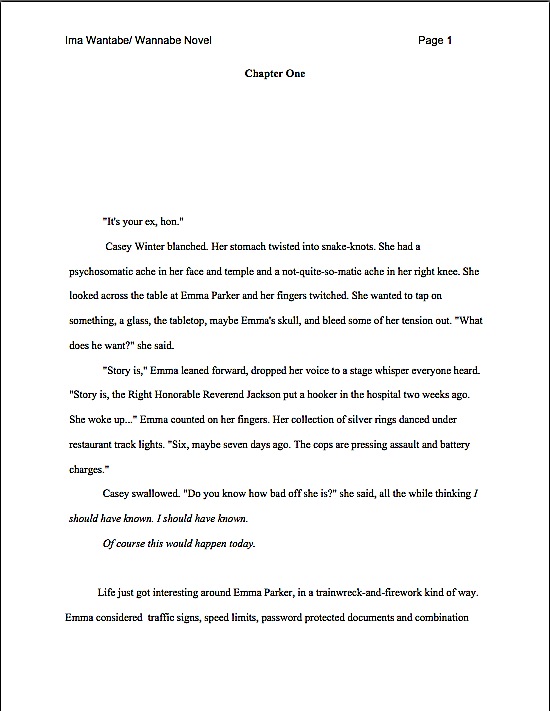
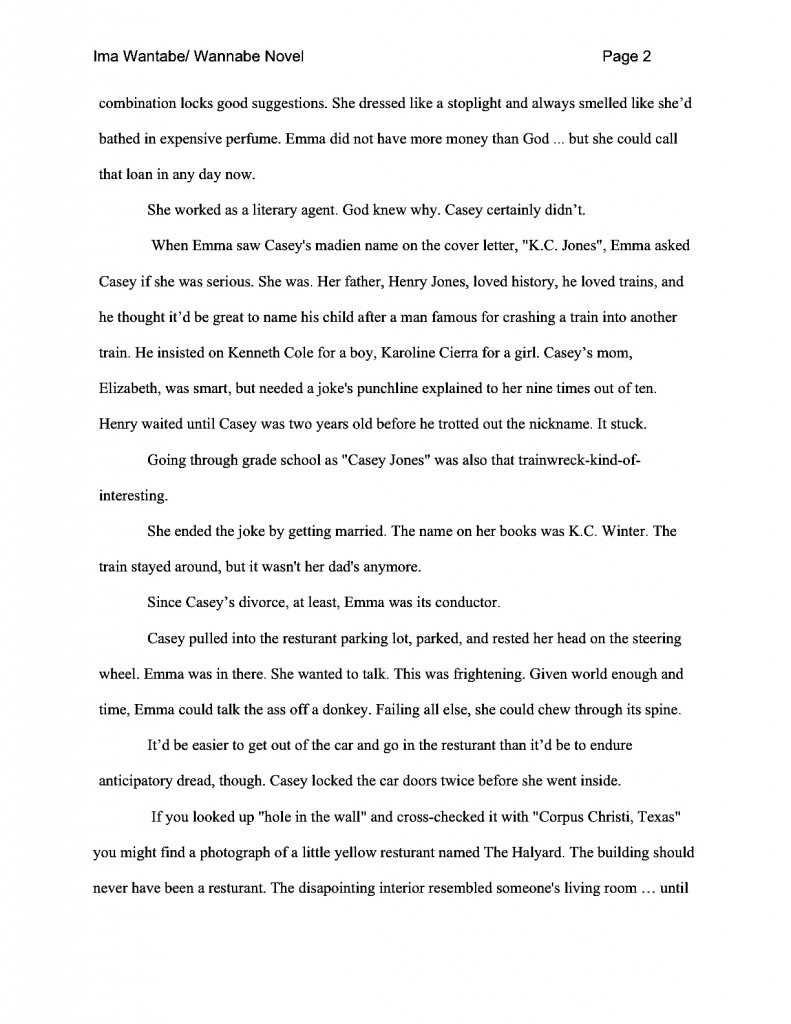

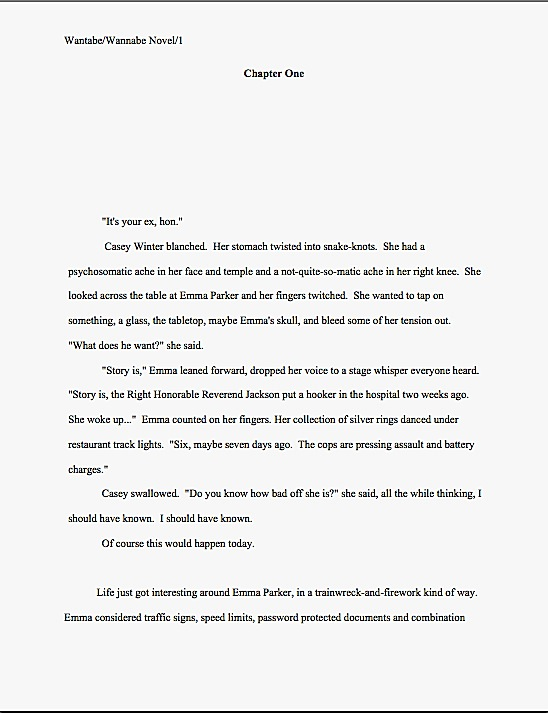

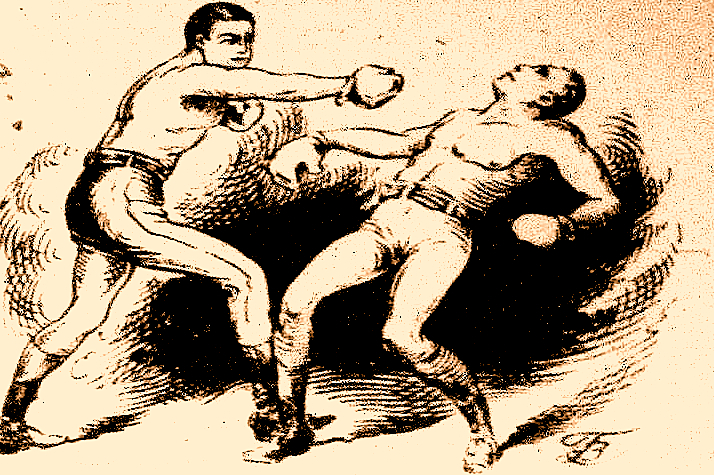

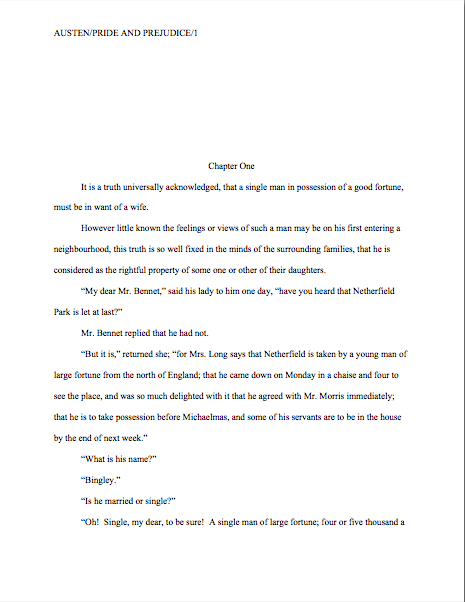



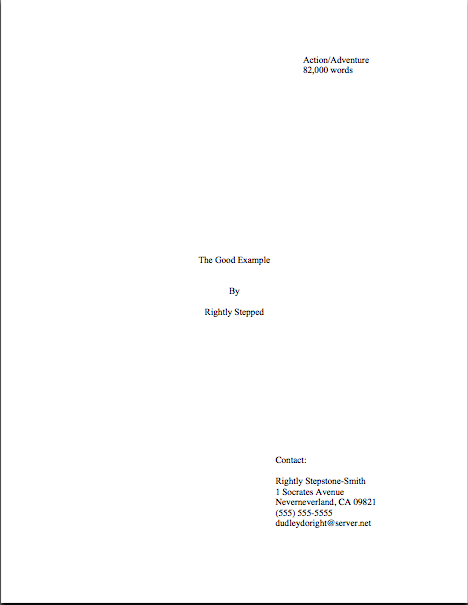





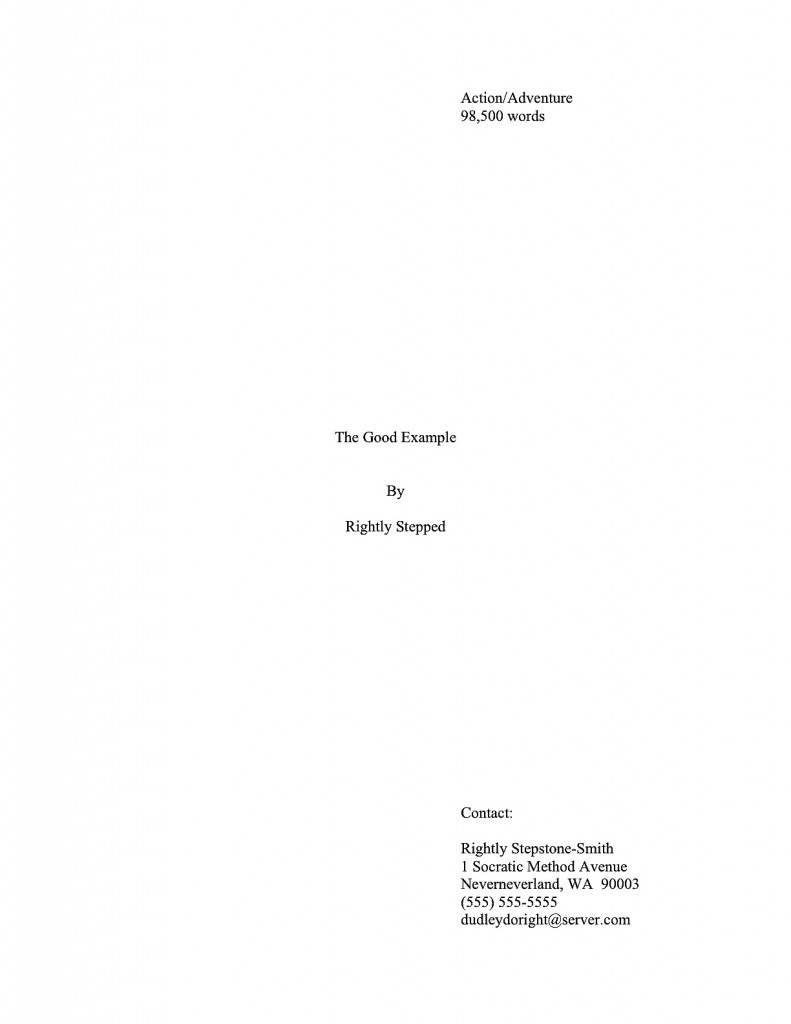
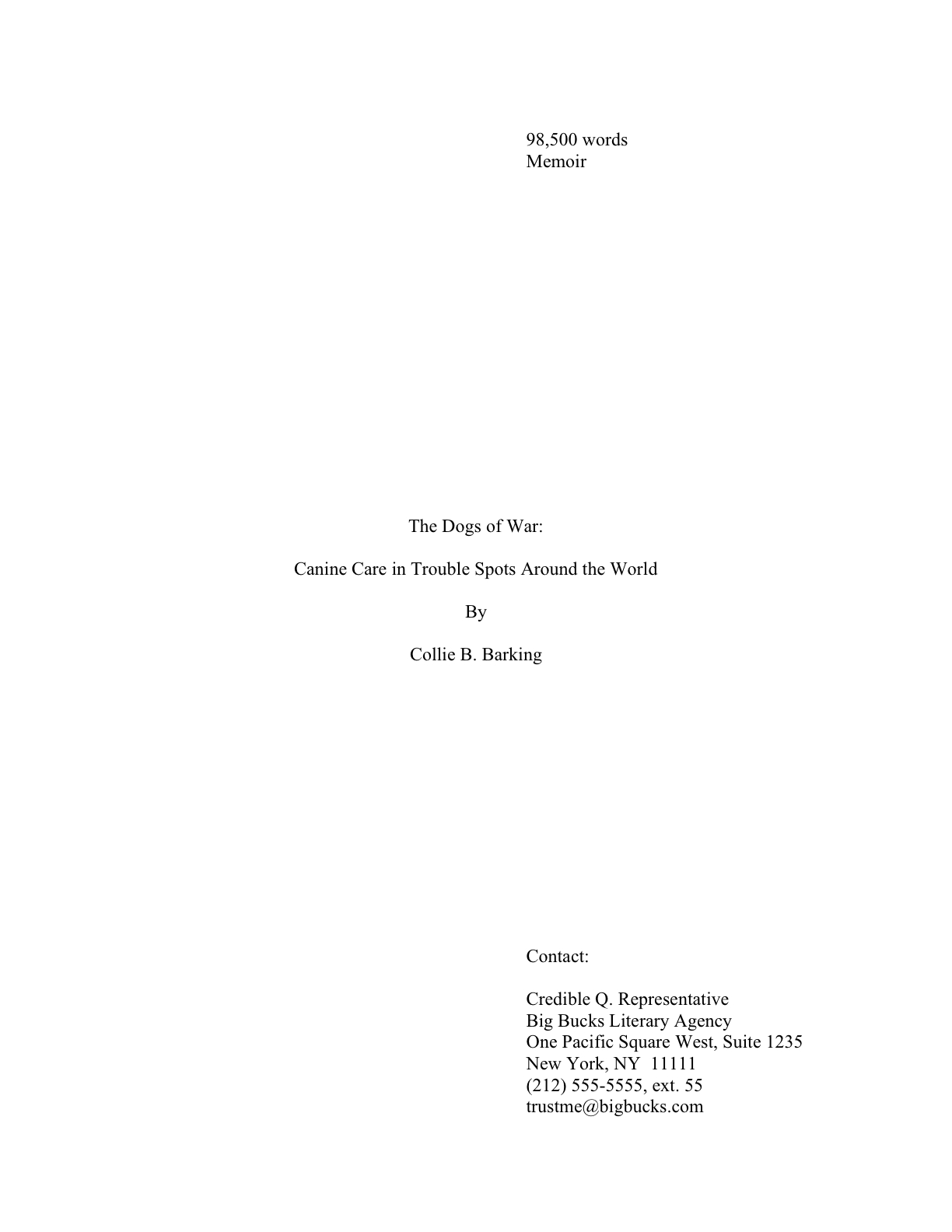




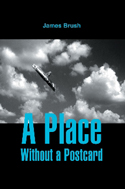
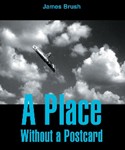 Paul Reynolds, a photographer who creates fake photos for tabloid magazines, wakes up with no idea where he is or how he got there. He can’t even recall his name. A strange man lurks nearby, breathing heavily and slowly flipping through a book. Paul hears the man’s breath, but he cannot see him. He realizes with mounting panic that his eyes no longer function.
Paul Reynolds, a photographer who creates fake photos for tabloid magazines, wakes up with no idea where he is or how he got there. He can’t even recall his name. A strange man lurks nearby, breathing heavily and slowly flipping through a book. Paul hears the man’s breath, but he cannot see him. He realizes with mounting panic that his eyes no longer function.



